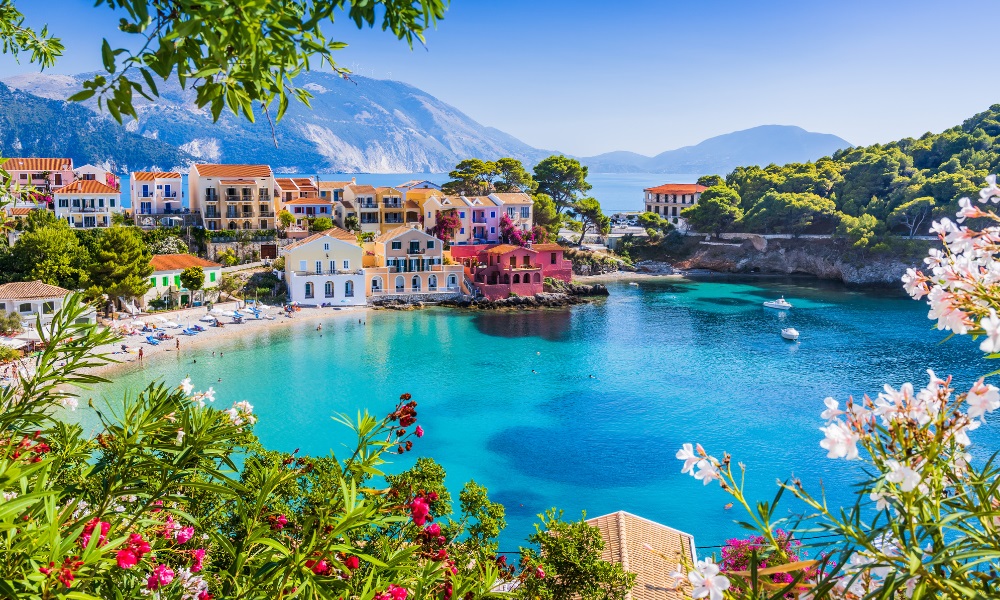Thursday, November 9, 2023

International tourist arrivals to Europe are only 3.2% below 2019 levels and nights are down by 1.3% for the January-September period.
This happened after a summer of strong tourism demand.
The resilient intra-European travel and the influx of US tourists benefitting from favourable exchange rates drove this rebound.
This is according to the latest edition of the ‘European Tourism Trends & Prospects’ quarterly report.
The European Travel Commission (ETC) which provides an overview of Europe’s tourism performance over the summer months and its implications on the outlook for the shoulder season released this report.
Year-to-date data show that around 1 in 3 reporting destinations have surpassed 2019 levels of foreign arrivals.
Europe’s recovery was mostly driven by Southern European and Mediterranean destinations, notably Serbia (+15%), Montenegro (+14%), Portugal (+11%), Türkiye (+8%), Malta, and Greece (both +7%).
However, around 65% of reporting destinations are still below pre-pandemic figures.
Slower recoveries are particularly evident among Eastern European countries neighbouring Russia and Ukraine, and those that are normally reliant on Russian travellers.
The Baltic countries have registered the sharpest declines: Estonia (-27%), Latvia (-30%), and Lithuania (-33%).
Miguel Sanz, ETC’s President said despite persistent economic and geopolitical challenges, it is encouraging to observe the ongoing rebound of European tourism.
The true measure of tourism success extends beyond the number of visitors and nights spent at a destination.
It is essential to also consider and evaluate its impact on nature, local businesses, and the resident population.
As Europe’s tourism industry recovers, they should strive to develop innovative, sustainable metrics to better define its overall health and progress.
Full tourism recovery
European travel recovery remained resilient during the summer season, even amid significant challenges posed by increased inflation, high costs of living, extreme weather events and airline strikes.
Persistent geopolitical instability continues to have repercussions on Europe’s tourism outlook.
The ongoing war in Ukraine still affects arrivals figures in Eastern Europe.
The developing conflict in Israel poses risks going into the shoulder season, especially for destinations such as France, Türkiye and Romania. These are popular with Israeli travellers.
Nevertheless, foreign arrivals to Europe may continue recovering by the end of 2023, albeit at a slower pace. This will reach 91% of pre-pandemic levels for the whole year.
Forecasts suggest that international tourist arrivals in Europe will reach 2019 levels by 2024, a year earlier than initially predicted.
Meanwhile, European airports are close to reaching a complete recovery in passenger demand.
Depending on ACI Europe’s August traffic report, passenger traffic across the European airport network is down by just 3.4% in comparison to the same period in 2019.
Tourists favour affordability and off-peak travel
Despite increased financial pressures, consumers continue to prioritise travel spending over other discretionary expenses.
However, due to high prices, tourists are now placing a greater emphasis on value for money when considering tourism products and experiences.
In particular, an increasing number of holidaymakers are opting for destinations that people consider more affordable.
Lower prices and favourable exchange rates are driving the tourism recovery in destinations such as Türkiye and Bulgaria.
Popular package holiday destinations such as Portugal and Spain are also experiencing high demand.
Generally, Europeans are considering a wider range of destinations than in the pre-pandemic period.
Türkiye, Montenegro, Albania, and Croatia are the top performers for overnight stays relative to 2019 levels.
Furthermore, travellers are increasingly employing a number of tactics to lower the overall cost of their holiday.
Many are opting to book their transportation and accommodation well in advance or considering off-peak trips in the shoulder season.
Package holidays are also increasing in popularity as these afford the traveller confidence that all essential costs are already accounted for.
Saturday, April 27, 2024
Saturday, April 27, 2024